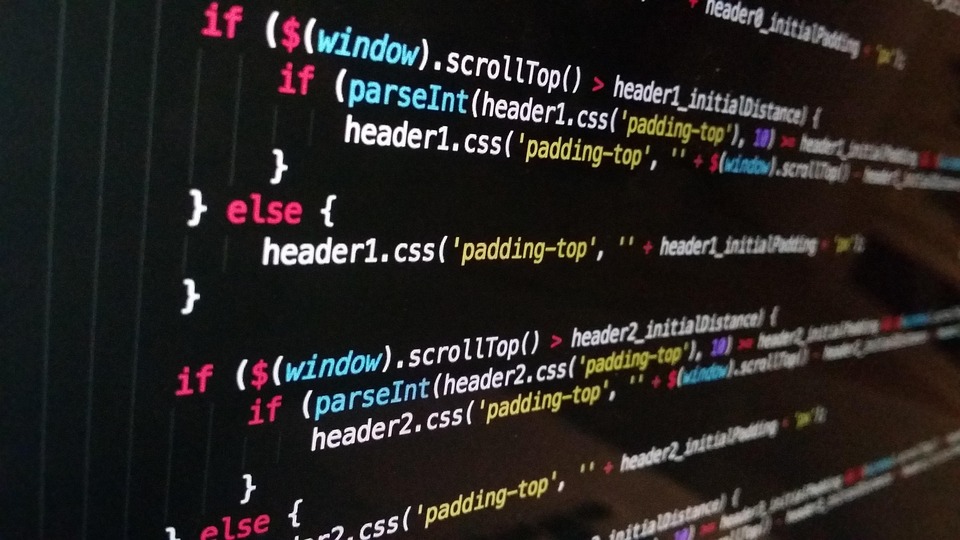Crafting a compelling CV as a computer programmer is crucial in today’s competitive job market. Your CV is not just a list of jobs; it’s your first impression, your marketing tool, and in many cases, the ticket to that coveted interview. Here’s how to create a standout CV that showcases your skills and experiences.
1. Personal Information
At the top of your CV, include your name, professional title, and contact details. Keep it straightforward: a mobile number, an email address, and perhaps a LinkedIn profile link. Ensure your email sounds professional; now isn’t the time for nicknames or quirky monikers.
2. Professional Summary
This is the elevator pitch of your CV. A succinct paragraph that encapsulates your key skills, years of experience, and what you bring to the table as a programmer. Aim for a hook that grabs attention—mention your main programming languages, any frameworks you excel in, and your passion for technology.
For example, "Detail-oriented software developer with over five years of experience in full-stack development, proficient in Java, Python, and React. Committed to delivering high-quality software solutions and enhancing user experience."
3. Skills Section
In the fast-evolving tech landscape, highlighting your skills is paramount. Create a bulleted list to make it easy to read. Consider categorising your skills into:
- Programming Languages: Java, Python, C++, etc.
- Frameworks and Tools: React, Node.js, Git, etc.
- Database Management: SQL, MongoDB, etc.
- Soft Skills: Communication, teamwork, problem-solving.
Prioritise the skills that are most relevant to the jobs you’re applying for. Tailoring this section for each application can dramatically increase your chances of getting noticed.
4. Work Experience
This section should detail your professional journey. Start with your most recent job and work backwards. For each position, include:
- Job title
- Company name
- Dates of employment
- Key responsibilities and achievements
Quantify your successes where possible. For instance, "Developed a web application that increased user engagement by 30%," or "Led a team of five in the successful migration of a legacy system to a cloud-based solution." Use action verbs to convey your contributions effectively.
5. Education
List your academic qualifications, starting from the most recent. Include your degree, institution, and graduation date. If you have relevant certifications, such as AWS Certified Developer or Microsoft Certified: Azure Developer Associate, be sure to mention them here.
6. Projects
A dedicated projects section can set you apart from other candidates. Showcase personal or freelance projects that highlight your programming prowess. Include:
- Project title
- Technologies used
- A brief description of the project and your role
This not only demonstrates your technical abilities but also your initiative and passion for programming.
7. Additional Information
Consider adding a section for any additional relevant information. This could include languages spoken, volunteering experience, or professional memberships. These details can provide a more rounded picture of you as a candidate.
Final Touches
Before you hit send, ensure your CV is free from typos and grammatical errors. A clean, professional layout is essential—use consistent formatting for headings and bullet points. Additionally, keep your CV to two pages at most; recruiters often skim, so clarity and conciseness are key.
A well-crafted CV can be your pathway to success as a computer programmer in the UK job market. With the right template and attention to detail, you’ll be well on your way to landing that dream job. CVPortal continues to provide you with a variety of high-quality CV references to enhance your job-seeking journey.

